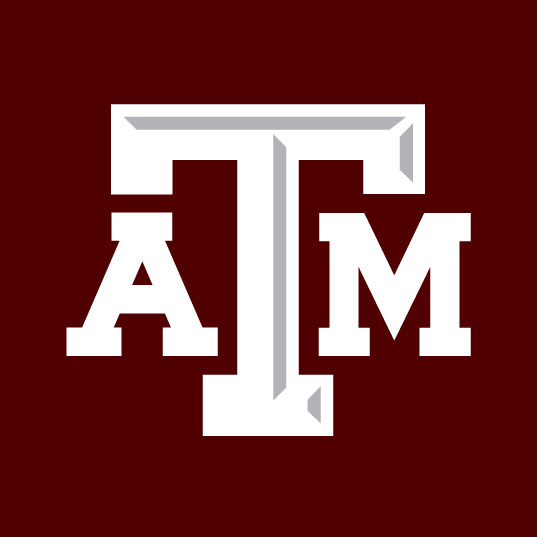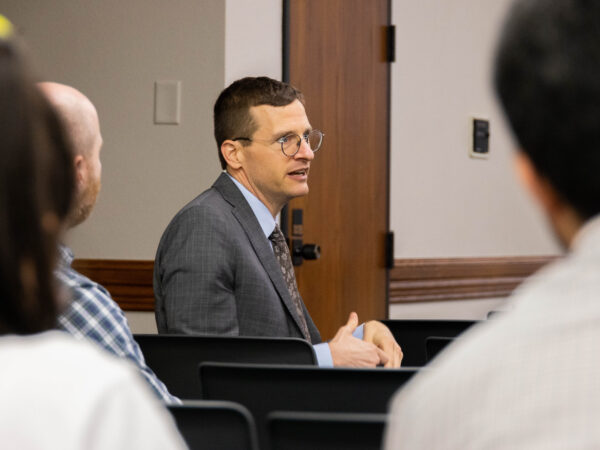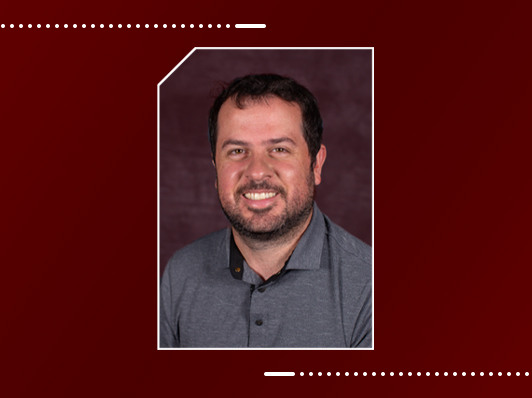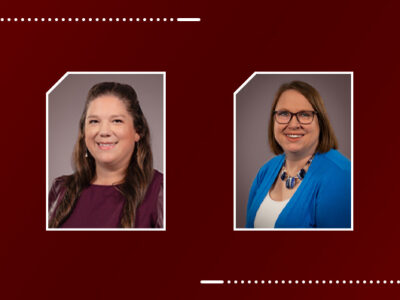Improving Academic Language For Third Grade English Language Learners
A group of professors in the College of Education and Human Development developed a way to improve the success of young students in the classroom.
Drs. Rafael Lara-Alecio, Fuhui Tong, and Beverly Irby, led a research program, entitled “Evaluating Instructional Intervention in Promoting Students’ English Development and Science Learning in an Urban District,” and presented results from a recent research study at the American Educational Research Association (AERA) in Washington D.C. this month.
The yearlong controlled study was performed on a group of ESL third grade science teachers that measured the success rate of a structural professional development meant to improve the English literacy development for English language learner (ELL) students. The randomized study took place in a Texas urban school district and featured 338 ELL students.
“The outcome we found was that the intervention was successful and significant in the areas for English language development in vocabulary, decoding skills, content reading and in science achievement,” said Dr. Irby.
Dr. Irby and her Texas A&M colleagues developed and issued the curriculum within the professional development. Selected teachers received bi-weekly training sessions after school on how to implement the curriculum to their students.
“We developed the curriculum and the teachers were provided the virtual training to receive information on how to effective strategies to help students learn the academic language in English with science embedded in the instruction,” said Dr. Lara-Alecio. “We believe by infusing science as a content area, students will have the opportunity to learn the academic language needed to succeed in the classroom and beyond.”
The age group selected in the study proved to be an important factor in the research.
“Third grade is a critical grade where they [students] are learning to use their skills to apply the content area,” said Dr. Tong.
Dr. Irby also highlighted how crucial teacher involvement is to students’ learning and development in the third grade.
“By the third grade, students are able to read to learn as opposed to learning to read in terms of really having a content area reading program,” said Dr. Irby. “This particular intervention was about reading to learn and that’s why it was an important focus.”
Dr. Lara-Alecio stressed the importance of academic language, believing that the knowledge students acquired would help set a foundation for continued growth in future classes.
“Today pretty much everything revolves around STEM related projects,” he said. “These subjects require us to understand academic language. Students must have those academic foundations in order to be able to learn more sophisticated instruction.”
An additional finding showed an improvement in student sentence structure in addition to improved academic language.
“The subject is meaningful, relevant, and authentic,” said Dr. Lara-Alecio. “As we ask them these questions and listen to their answers, they are also learning to speak in complete sentences with increasing complexity.”
Written by Justin Ikpo (cehdcomm@tamu.edu)
For media inquiries, contact Ashley.
Fundraising
To learn more about how you can assist in fundraising, contact Amy Hurley, Director of Development ahurley@txamfoundation.com or 979-847-9455














